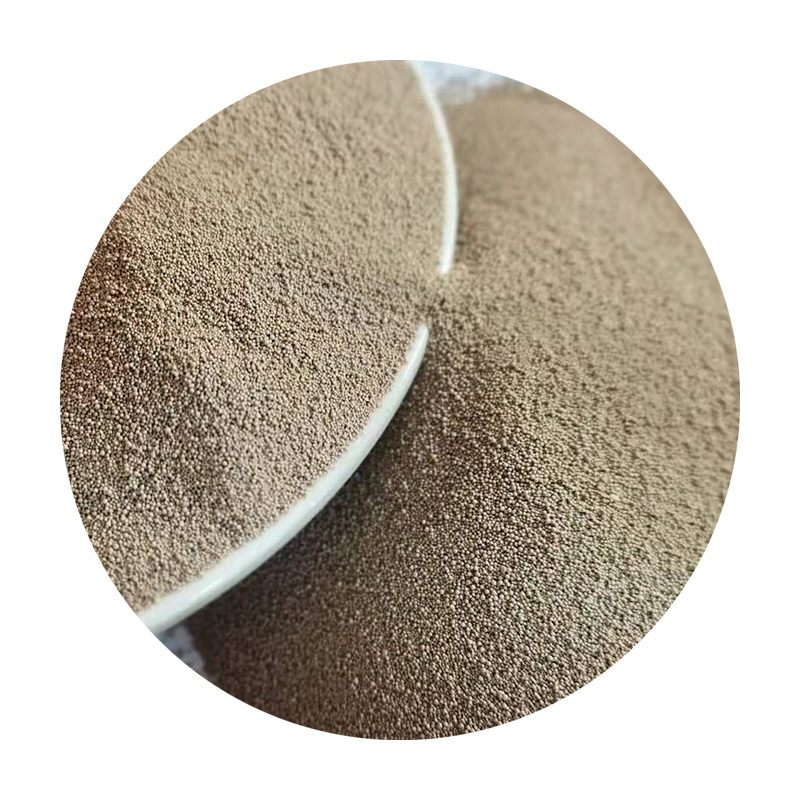Low Pressure Sand Casting An Overview
Low pressure sand casting is an advanced metal casting process that combines the benefits of traditional sand casting with the advantages of low-pressure ventilation. This method is particularly suitable for the production of high-quality aluminum and other non-ferrous metal components. It is widely used in the automotive, aerospace, and general engineering industries due to its ability to produce complex geometries with a high degree of precision and excellent surface finish.
The Process
The low pressure sand casting process begins with the creation of a sand mold. This mold is formed by packing sand mixed with a binder around a pattern that represents the final product. The pattern is typically made of metal or high-temperature-resistant materials and is designed to withstand the heat of molten metal.
Once the mold is prepared, it is placed in a low-pressure casting machine. The key characteristic of low pressure sand casting is the way the molten metal is introduced into the mold. Instead of pouring the metal from above, the process uses a controlled low-pressure system to push the molten metal into the mold from the bottom through a riser tube. This technique helps eliminate defects such as turbulence and air entrapment, which can be common in traditional casting methods.
Advantages of Low Pressure Sand Casting
1. Enhanced Surface Finish One of the major advantages of low pressure sand casting is the superior surface finish it provides. The controlled filling of the mold reduces turbulence, minimizing the risk of surface defects and creating components that require less machining afterward.
2. Reduced Porosity Low pressure casting significantly reduces the occurrence of porosity in the final product. The bottom-up filling technique ensures that the molten metal fills the mold uniformly, reducing the likelihood of air pockets.
low pressure sand casting

3. Complex Shapes This method is particularly useful for producing complex shapes and intricate designs that might be difficult to achieve with other casting techniques. The flexibility in mold design allows engineers to create highly detailed and precise components.
4. Cost-Effectiveness While the initial setup may require investment in specialized equipment, the long-term benefits in terms of reduced waste, lower finishing costs, and improved efficiency often outweigh these initial costs. Moreover, the faster casting cycle times can help manufacturers meet production demands more effectively.
5. Material Versatility Low pressure sand casting can be used with a variety of materials, predominantly aluminum alloys, but also other non-ferrous metals. This versatility makes it suitable for various industries and applications.
Applications
Low pressure sand casting is used in a wide range of applications. In the automotive industry, parts like engine blocks, transmission cases, and custom wheels are often produced using this method. The aerospace sector benefits from its ability to create lightweight, high-strength components critical for performance and fuel efficiency. Moreover, general engineering and industrial sectors leverage low pressure sand casting to produce specialized machinery parts, fixtures, and tools.
Conclusion
In summary, low pressure sand casting presents numerous advantages that make it a preferred method for producing high-quality metal components. Its ability to reduce defects, create intricate designs, and maintain cost-effectiveness positions it as a leading choice in modern manufacturing processes. As technology continues to advance, the adoption and refinement of low pressure sand casting are likely to expand, further enhancing its role in the industry. For manufacturers looking to optimize their production quality while minimizing waste, embracing this casting technique is a step towards achieving those goals.
Post time:Dec . 29, 2024 17:17
Next:Current Trends in Gold and Sand Prices for Investors and Enthusiasts
